
Creating the perfect skincare packaging is both an art and a science. Here’s how to get it right.
Choosing the right packaging for skincare products involves balancing branding, functionality, and sustainability. Focus on audience needs, material options, and user experience for optimal results.
Finding the perfect packaging starts with understanding your brand and your customer base.
How does your brand target its audience?
Your packaging should tell a story and speak directly to your target customers.
To target your audience effectively, identify their values. Trendy brands attract younger customers with bold designs, while premium brands resonate with minimalist, elegant aesthetics.
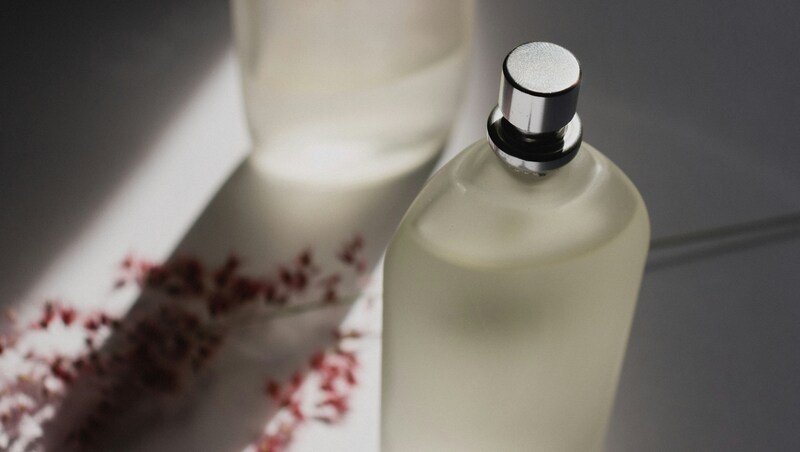
For example, Glossier’s millennial-pink branding screams youthfulness and individuality, while Aesop’s dark amber bottles radiate understated luxury. Knowing your target demographic will guide decisions about materials, colors, and overall design direction.
Audience preferences by demographic:
| Audience | Packaging Preferences |
|---|---|
| Millennials & Gen Z | Bold, colorful, customizable designs |
| High-end customers | Simple, elegant, luxurious materials |
| Eco-conscious buyers | Sustainable, eco-friendly, refillable options |
What materials are best for skincare packaging?
Choosing materials involves balancing aesthetics, functionality, and environmental impact.
Common options include glass for a premium feel, PET plastics for affordability, and aluminum for durability. Explore innovative, eco-friendly options like bamboo or mushroom packaging.
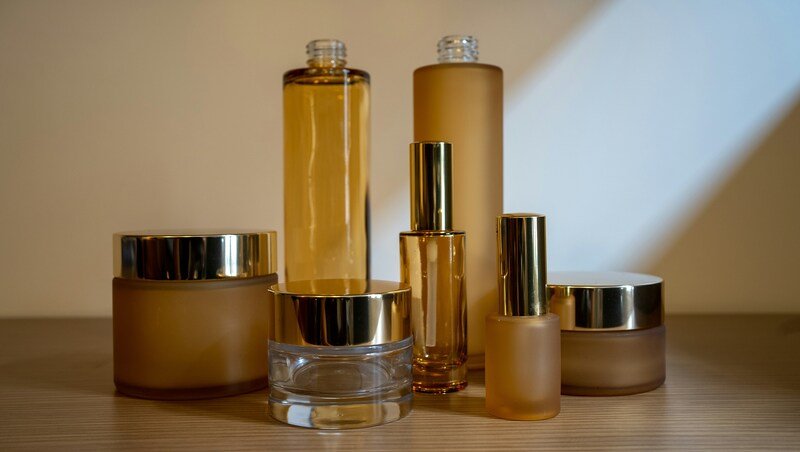
Glass offers a high-end look and is recyclable, but it’s fragile and costly to ship. On the other hand, plastics like PET or HDPE are lightweight and durable, with growing options for recycled variants.
Material comparison:
| Material | Pros | Cons |
|---|---|---|
| Glass | Recyclable, high-end appeal | Fragile, costly to transport |
| PET Plastic | Lightweight, widely available, recyclable | Perceived as less premium |
| Aluminum | Durable, air-tight | Higher material cost |
| Bamboo/Fibers | Sustainable, natural look | Limited scalability |
How can packaging enhance user experience?
Convenience, safety, and usability are non-negotiable for skincare buyers.
Focus on airtight seals for product preservation, travel-friendly designs, and ease of use through pumps, droppers, or sprayers.
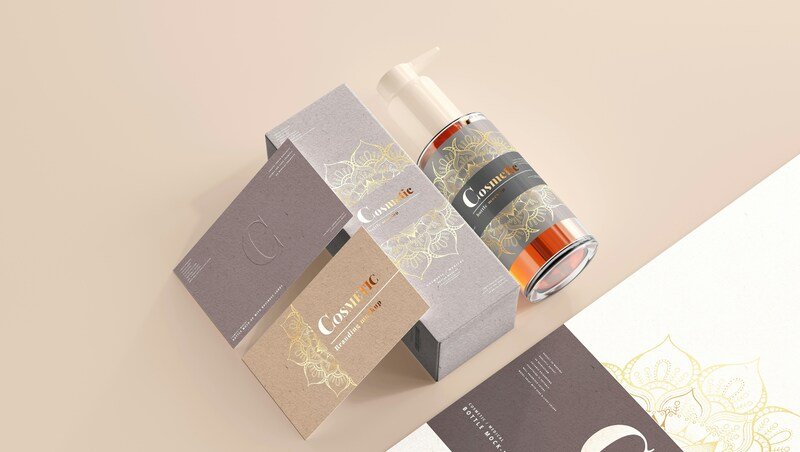
-
Sealing Freshness: Vacuum pumps and dark glass bottles not only protect sensitive ingredients from oxidation but also ensure their potency over time. For viscous products, vacuum bottles are especially advantageous as they allow users to dispense every last drop without wastage.
-
Ease of Use: Tailor applicators like pumps, sprays, or droppers to match the product’s texture and purpose. This ensures seamless application and enhances the user experience, making it simple and intuitive.
-
Portability: For modern, on-the-go lifestyles, consider travel-friendly, leak-proof designs. Compact, secure packaging gives customers confidence to take their favorite products anywhere without fear of spills.
Does your design align with brand aesthetics and compliance?
Your packaging should look great while meeting all legal and safety standards.
Use color psychology to evoke emotions, ensure clear labeling, and design compliance with regional regulations like FDA standards.
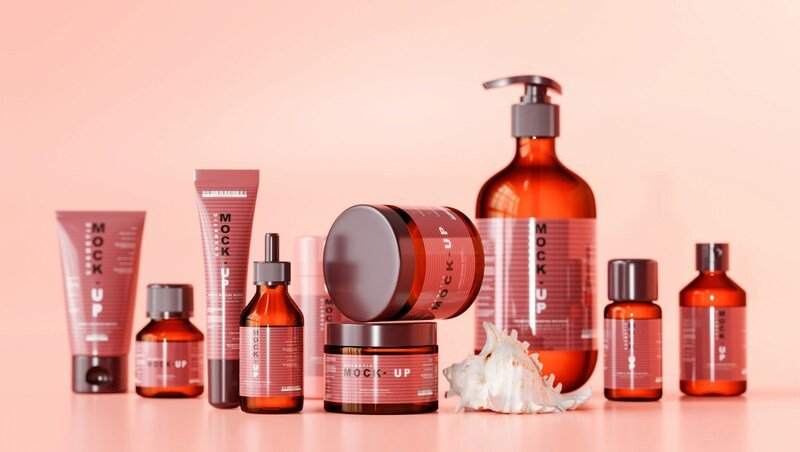
Visuals matter. Green communicates nature, gold signals luxury, and soft pink evokes calmness. Add to that a readable ingredient list and clear brand logo to inspire trust.
Legal & Safety Checklist:
- Include accurate ingredient lists.
- Display clear expiration dates.
- Use BPA-free and toxin-safe materials for inner layers.
How to balance cost and production feasibility?
Finding the perfect balance between budget and production feasibility is critical for small brands aiming to scale efficiently without compromising quality or design.
Balancing cost and production feasibility involves optimizing budget allocation, negotiating flexible MOQs, and ensuring packaging durability through rigorous transportation testing.
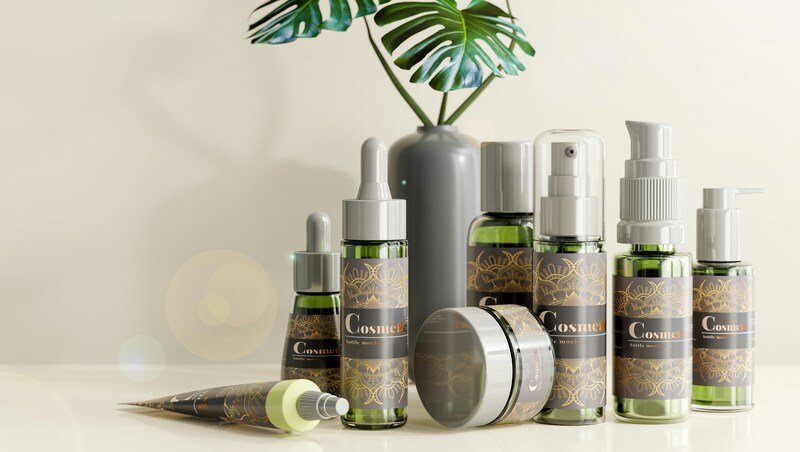
When it comes to packaging skincare products, cost and production feasibility can feel like walking a tightrope. Small businesses, especially emerging brands, often have limited budgets and may find themselves navigating challenges like high minimum order quantities (MOQs) or unexpected logistics issues. Here's how to tackle these hurdles while staying on track.
Budget Allocation: Smart Choices for Small Brands
One of the most straightforward ways to manage packaging costs is by starting with universal bottle designs and customizing labels. This method minimizes tooling expenses while maintaining flexibility in design. For example, a startup focusing on organic serums might use sleek, off-the-shelf glass dropper bottles, then invest in high-quality labels or printing to convey the brand's unique identity.
To make the most of your budget:
- Allocate resources to what customers notice most: design and materials.
- Choose premium finishes, like frosted glass or metallic labels, to elevate the look without overhauling the packaging structure.
Negotiating MOQs: Flexibility is Key
MOQs can be a significant barrier for small brands. Suppliers often require bulk orders to keep production efficient, but this can lead to excess inventory or wasted materials for brands still finding their market. To overcome this, open a transparent dialogue with your packaging provider. Many suppliers offer tiered pricing structures, where higher volumes yield lower costs per unit, but smaller volumes remain manageable.
Ask your supplier if they can adjust MOQs based on your needs, or explore group purchasing options to share costs with similar brands.
Transportation Testing: Stress-Testing Durability
Even the most beautiful packaging is useless if it doesn’t survive the shipping process. Rigorous transportation testing is crucial to ensure your products arrive safely in the hands of your customers. This includes simulating conditions like extreme heat, pressure, and vibration.
For example:
- Conduct drop tests to ensure packaging won’t crack or leak during transit.
- Test seals under various temperatures to confirm that creams or serums remain uncontaminated.
If your packaging fails these tests, go back to the drawing board. Adjust material thickness, use reinforced closures, or consider secondary protective layers such as corrugated sleeves or air cushions for fragile glass containers.
In the long run, prioritizing durability reduces customer complaints and minimizes costly returns or replacements, making it a worthwhile investment.
Finding the right balance between cost and feasibility is all about making informed decisions. With thoughtful budgeting, flexible supplier negotiations, and proactive testing, even small brands can set the stage for scalable success.
What are the latest sustainable packaging trends?
Sustainability isn't a trend—it's the future.
Innovative brands use refillable, biodegradable, and minimal-waste options like compostable paper bottles and magnet-sealed refill systems.

Companies like Kjaer Weis lead the way with refillable metallic palettes, while Seed Phytonutrients’ paper bottles can even break down in the shower. Implementing similar solutions not only builds goodwill but attracts eco-conscious buyers.
Conclusion
Skincare packaging isn’t just a container; it’s your brand’s handshake with the customer. Nail the balance of design, functionality, and sustainability, and you’ll leave a lasting impression.
Actionable Tip: Always test prototypes with real users before launching!






